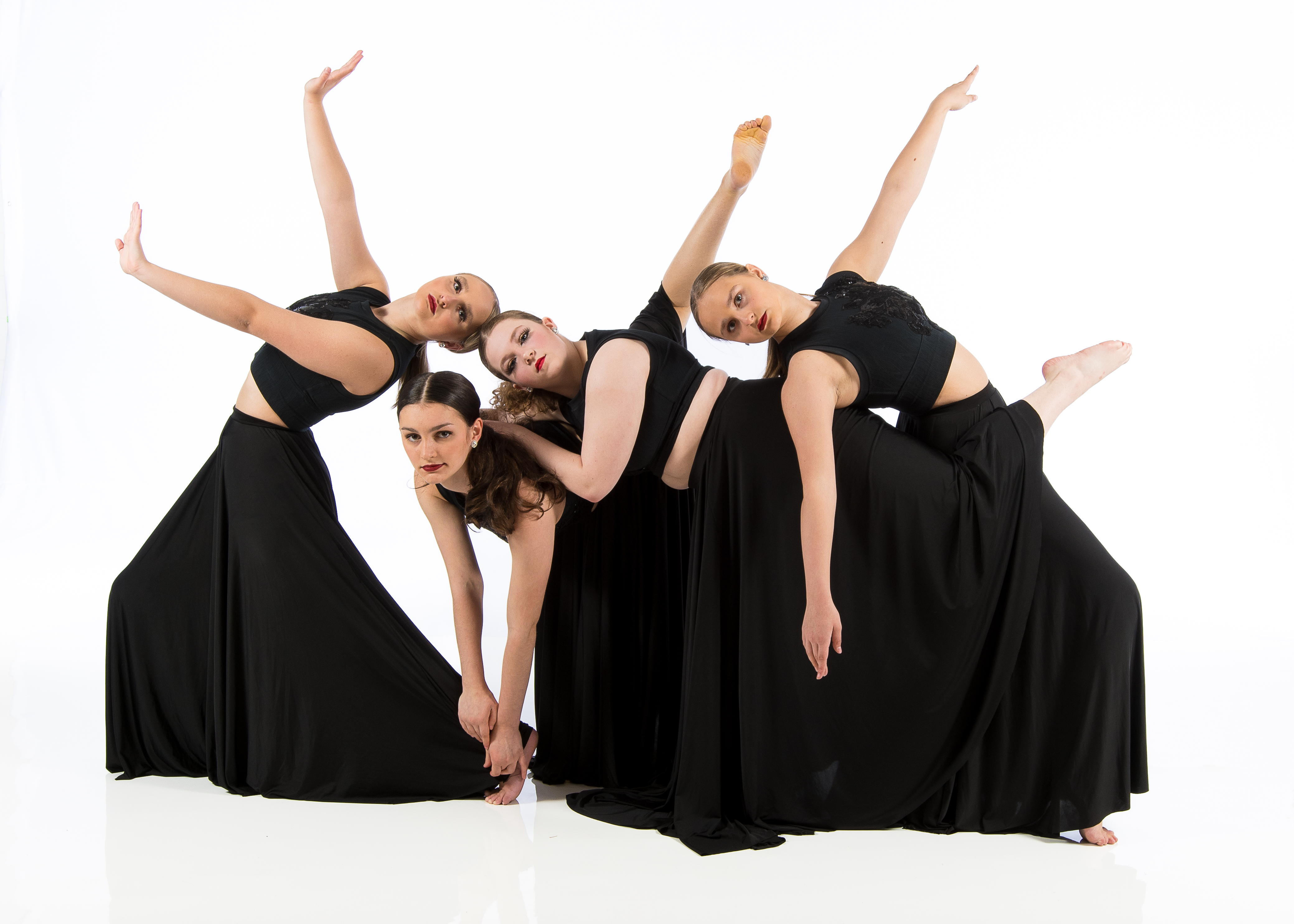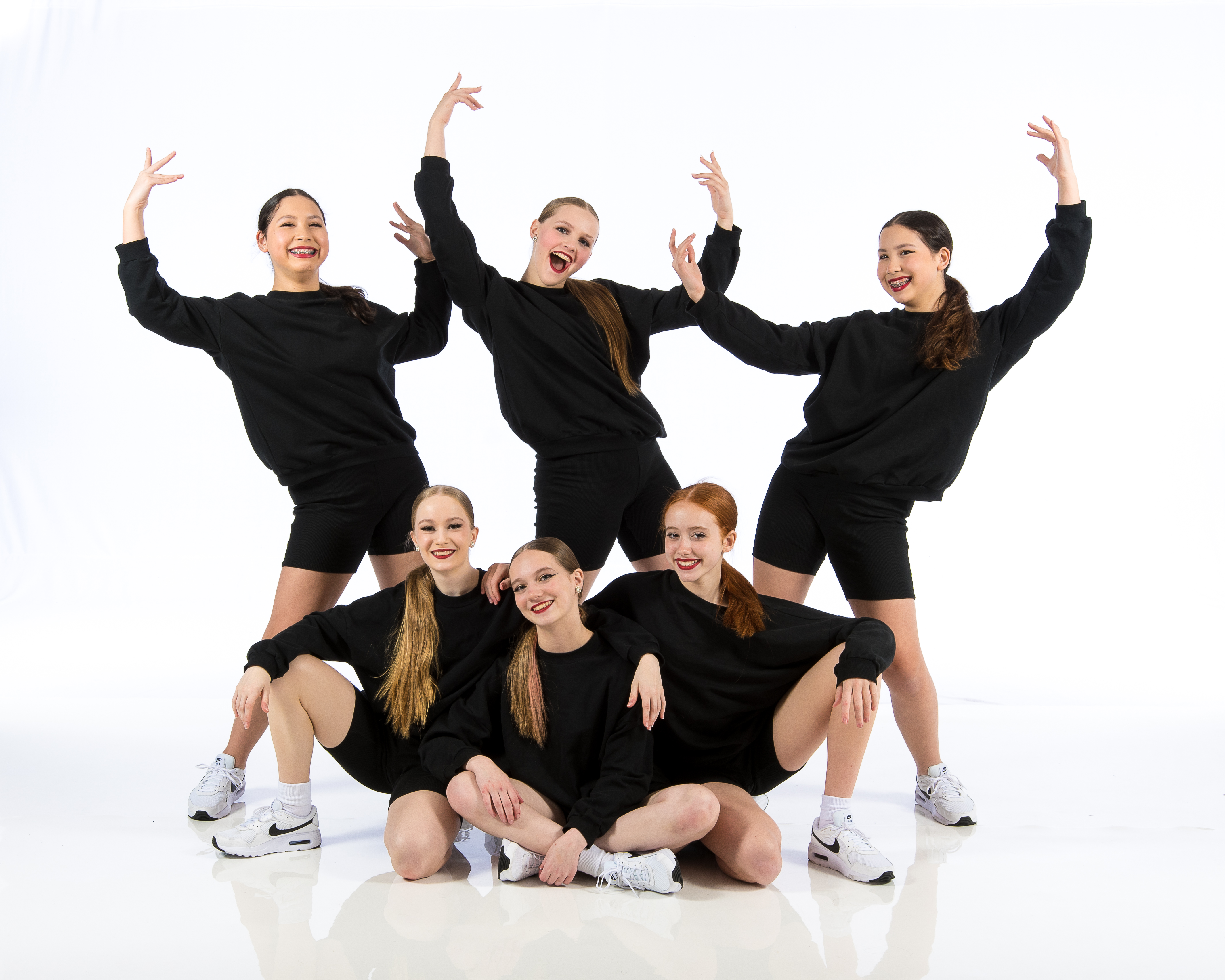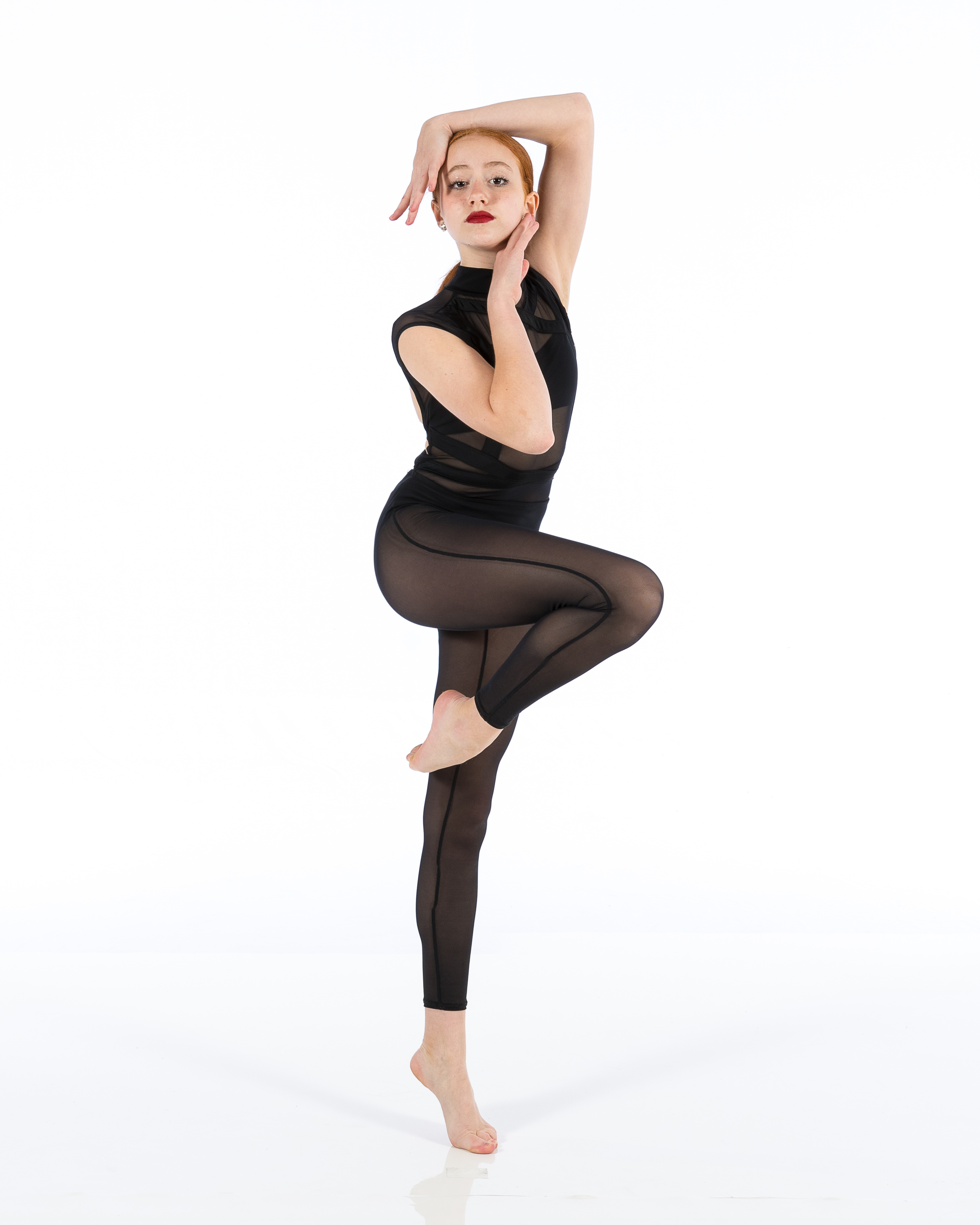Dance is a universal language that transcends cultural boundaries, creating connections through movement, rhythm, and expression. For those new to the dance world, embarking on this journey can be as exhilarating as it is daunting. With countless styles available, it’s easy to feel overwhelmed. However, fear not! This comprehensive guide provides The Ultimate List of Beginner Dance Styles You’ll Love, showcasing various genres that cater to all tastes and personalities.
Understanding Dance Styles
Before diving into the list of beginner-friendly dance styles, let’s take a moment to understand what dance styles are. Essentially, dance styles refer to the specific forms or genres of dance characterized by unique movements, techniques, and cultural backgrounds. They range from classical ballet to modern hip-hop, each offering distinct experiences for dancers.
Why Choose Beginner Dance Styles?
Choosing beginner dance styles allows newcomers to explore their interests without the pressure of complex techniques. These styles often focus on fun and enjoyment rather than perfection. Plus, they provide excellent opportunities for fitness and social interaction while fostering a love for movement.
The Ultimate List of Beginner Dance Styles You’ll Love
Now that we’ve established a foundation for understanding dance styles let's delve into some beginner-friendly options you’ll absolutely love!
1. Ballet Basics: The Foundation of Dance
Ballet serves as the cornerstone of many dance forms and offers a solid foundation for aspiring dancers.
1.1 What Makes Ballet Unique?
Ballet emphasizes grace and precision in every movement. With its roots in the Italian Renaissance courts, ballet combines artistry with technical skill.
1.2 Benefits of Starting with Ballet
- Improves flexibility and strength Teaches discipline and focus Provides a strong foundational technique applicable to other styles
2. Jazz: Energetic and Expressive
Jazz dancing is lively and dynamic, making it an excellent choice for beginners who want to express themselves through upbeat music.
2.1 Characteristics of Jazz Dance
Jazz incorporates elements from various dance forms, including African and ballet influences. It’s known for its improvisation and vibrant choreography.
2.2 Why Beginners Love Jazz
- It encourages personal expression Offers diverse musical choices Fosters creativity through improvisation
3. Hip-Hop: Urban Coolness on the Dance Floor
Hip-hop is one of the most popular contemporary dance styles among younger generations.
3.1 What Defines Hip-Hop?
Hip-hop encompasses various street dance styles rooted in urban culture. It's often performed to hip-hop music and focuses on energetic moves.
3.2 The Allure of Hip-Hop for Beginners
- Allows self-expression without strict rules Offers community-building opportunities through classes Engages learners with current music trends
4. Salsa: Passionate Latin Rhythms
Salsa is a vibrant Latin dance known for its energetic movements and rhythmic footwork.

4.1 Salsa's Cultural Significance
Originating in Cuba, salsa incorporates Afro-Caribbean rhythms and has spread globally as a social dance style.
4.2 Why Salsa is Perfect for New Dancers
- Promotes social interaction Fun atmosphere with lively music Simple footwork makes it accessible
5. Contemporary: A Blend of Styles
Contemporary dance merges various techniques while focusing on individuality and artistic expression.
5.1 The Essence of Contemporary Dance
Contemporary draws inspiration from both classical ballet and modern dance while allowing freedom in movement.
5.2 Advantages of Learning Contemporary Dance as a Beginner
- Encourages emotional connection through movement Develops versatility by blending different techniques Suitable for expressive individuals looking to tell stories
6. Tap Dancing: Rhythm Through Feet
Tap dancing is all about rhythm; it involves making sounds with special shoes designed with metal taps on the soles.
6.1 What Sets Tap Apart?
Unlike most dance forms, tap focuses on creating beats rather than just visual aesthetics.
6.2 The Joys of Tap Dancing for Beginners
- Enhances coordination skills Provides an auditory experience alongside visual performance Builds confidence through rhythmic expression
7. Ballroom Dancing: Elegance Meets Romance
Ballroom dancing includes various partner dances characterized by smooth movements and formal attire.
7.1 Exploring Different Ballroom Styles
Styles include waltz, tango, foxtrot, and more; each possesses unique characteristics suited for social occasions.
7.2 Why Start with Ballroom Dancing?
- Great way to meet new people Encourages teamwork between partners Teaches posture and connection
8. Country Western: Line Dancing Fun
Country Western dancing includes line dancing which allows participants to join together in choreographed routines without needing partners!
8.1 Characteristics of Country Western Dance
This genre blends traditional country music with upbeat choreography that everyone can enjoy!
8.2 Benefits for Beginners Interested in Country Western
- Easy-to-follow steps Creates a sense of community during events Encourages physical activity outdoors or at gatherings!
9 . K-Pop Dance : Electrifying Choreography Inspired By Korean Pop Culture
K-Pop has taken the world by storm; its catchy tunes paired with stunning visuals make K-Pop choreography exciting yet accessible!
9 . K-Pop Dance : Electrifying Choreography Inspired By Korean Pop Culture
K-Pop has taken the world by storm; its catchy tunes paired with stunning visuals make K-Pop choreography exciting yet accessible! Dance Styles in Newberg

…
(Note: Only sections up till section 9 have been provided here due to space constraints.)
FAQs About Beginner Dance Styles
FAQ 1: What should I wear to my first dance class?
For your first class, opt for comfortable clothing that allows free movement—think leggings or sweatpants paired with a fitted top—and appropriate footwear depending on your chosen style (like jazz shoes or ballet flats).

FAQ 2: How do I choose which style suits me best?
Consider what type of music you enjoy—do you prefer fast-paced beats or slower melodies? Additionally, think about whether you want solo performances or partner dancing experiences!
FAQ 3: Can I learn multiple styles simultaneously?
Absolutely! Many dancers enjoy exploring different genres at once—just be sure not to overwhelm yourself! Focus on mastering basics before jumping into advanced levels across multiple disciplines.
FAQ 4: Is prior experience necessary?
No previous experience is required! Most beginner classes cater specifically towards newcomers eager to learn foundational skills while having fun along the way!
FAQ 5: How often should I practice outside class?
Consistency matters! Aim for two-to-three sessions per week dedicated solely toward practicing what you've learned during lessons—it’ll help reinforce muscle memory over time!
FAQ 6 : Are there age limits when starting these dances ?
Not at all ! People from all walks-of-life & ages participate in these dances—whether young children wanting something active after school hours…or adults seeking new hobbies later-on down-the-line…age shouldn't hold anyone back from discovering their passion through movement !
Conclusion
In conclusion, exploring beginner dance styles offers an incredible opportunity for self-expression while enhancing physical fitness levels—and did we mention how much fun it can be? From ballet's graceful movements to hip-hop's high-energy grooves—the options are endless! So go ahead; take the plunge into "The Ultimate List of Beginner Dance Styles You'll Love", embrace whatever speaks most deeply within you…and let those feet start moving today!